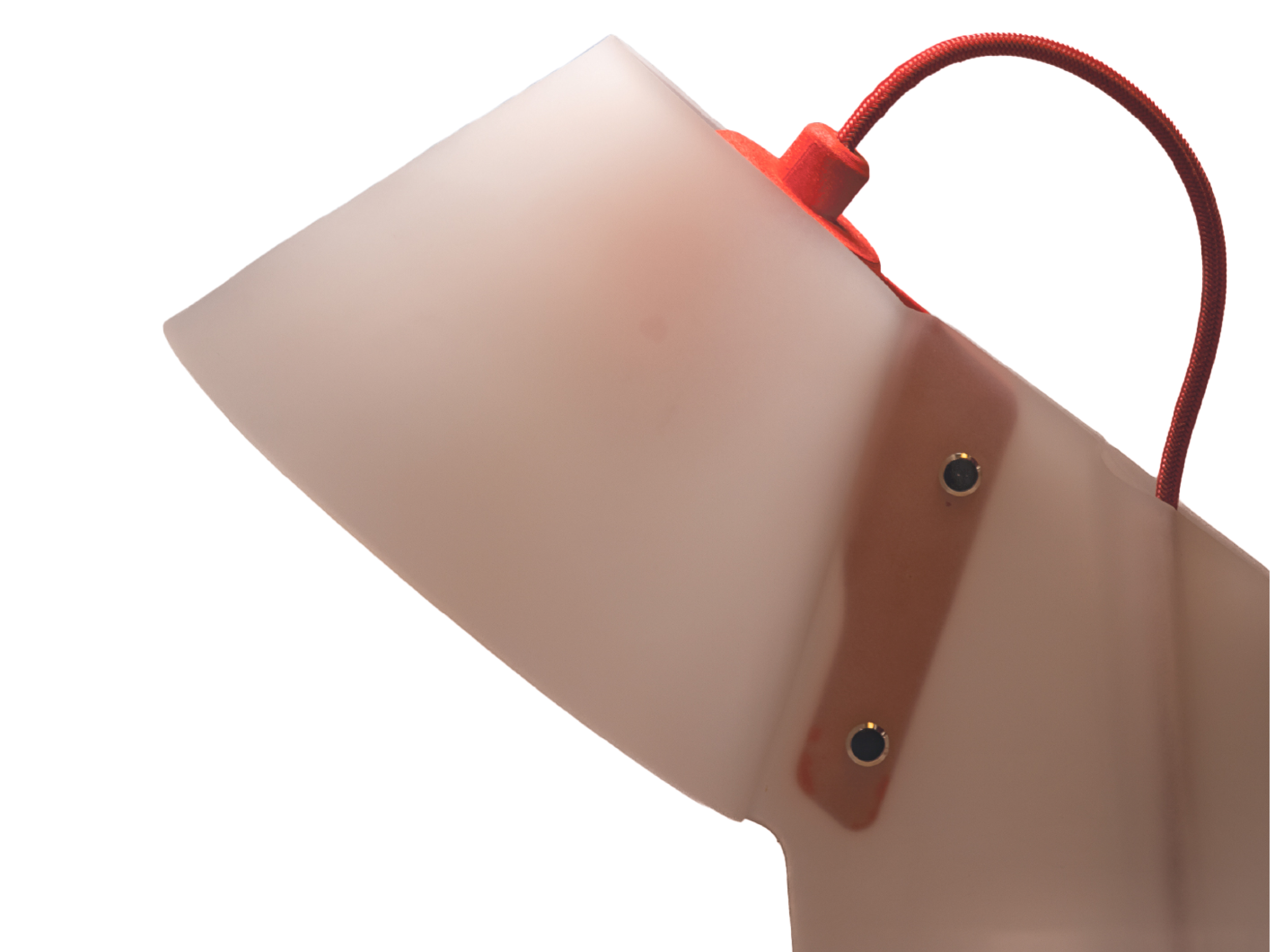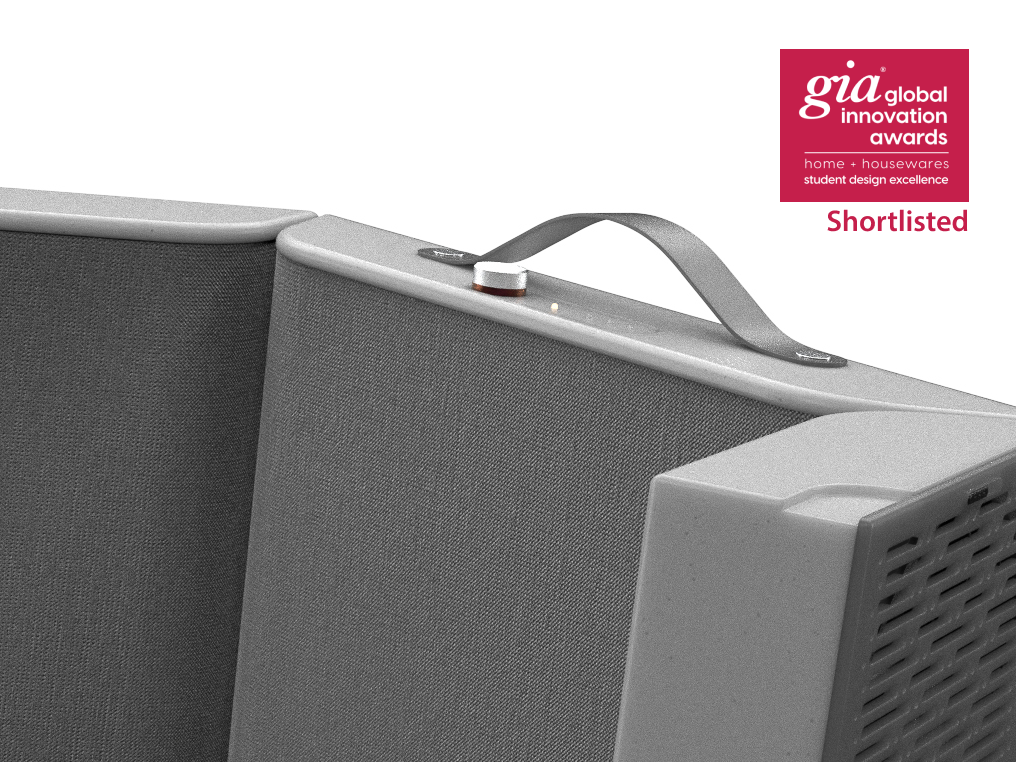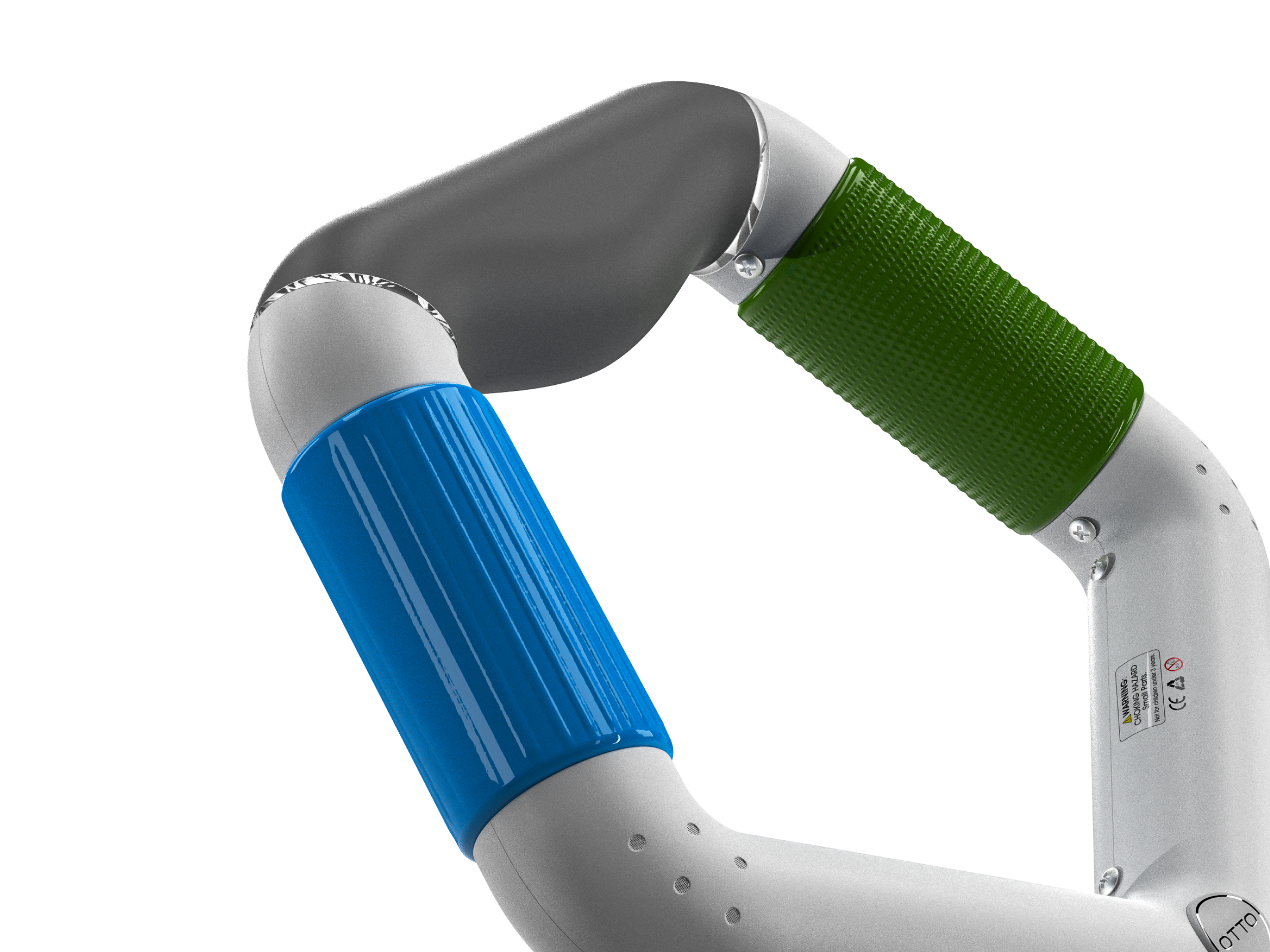Aura Lucid Dreaming Sleep Mask
Lucidity is a state of consciousness while dreaming, attempts to achieve this state are rare naturally and unreliable when done artificially. Benefits include aiding in PTSD, and the ability to explore one’s mind through boundless self-exploration while being conscious in their dream.
Feedback Cues Output Based on Body Sensors to Increase Lucid Dreaming
Output Cues While Sleeping
After detecting the user is in REM sleep, subtle cues are emitted to help users enter the lucid dreaming state. Research has shown that during the REM cycle, a mix of the following cues can help sleepers realize they are in a dream without waking them up.
Market Gap
Form Development
Layered Fabric Prototype
Final Design
Hidden Electronics Placement
PCB, battery, and sensors are placed around the eyecups on either side so that when worn, these flat components will not interfere with the curved form of the eyes.
User Flow for Analysing Data from Sensors
Data collected from the EEG and EDA sensors to track progress and effectiveness of achieving lucidity is very useful when visualizing how the body and mind are responding during different sleep stages. Having a mobile or web app to see these quantitative stats will directly help users have a much greater chance of attaining lucidity instead of solely relying on a sleeping mask.
Tracking Summary
After each night the sleeping mask is worn, a tracking summary is presented with the help of the onboard sensors and cues to give a data-driven visualization if the user had achieved lucidity or not, and if so, what features at what time helped them to do so.
Increasing Lucid Dreaming by Tracking and Controlling Effective Cues
Duration and intensity of light pulses, sound waves, or haptics to induce lucidity greatly vary by the user, Seeing the history of how brainwaves reacted during REM sleep from these cues will help determine which brings the best results.
Data-based Report of Lucid Dreaming Attainability
Using EEG and EDA sensors to detect brain activity, output cues used during REM sleep through LEDs, speakers, and mini-vibration motors greatly increases the chance of achieving lucid dreaming. Compiling this data can be used for generating a health report to be viewed by physicians and therapists, providing them with quantitative insight into the sleeper’s dreams which may aid in corresponding medical or mental health analysis.







